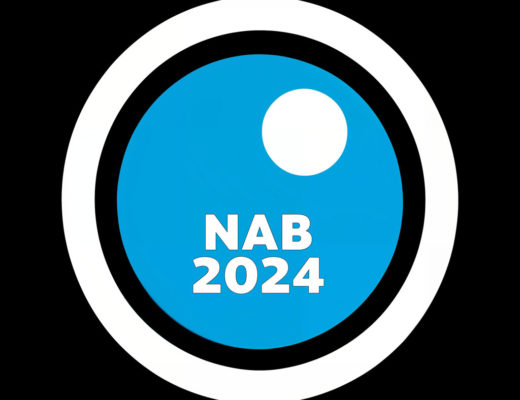There are a number of myths or misconceptions that surround the practice of embedding information such as IPTC, IPTC-IIM, XMP or even Exif into a digital image file – like JPEGs, TIFFs, Photoshop, DNG and other Raw files). There are a number of applications or utilities which can do this easily and safely, but first, let’s take a look at the list.
- Embedded photo metadata is something that is hard to read unless you have photoshop or some other professional software application.
- If I embed my copyright (or caption or keywords, or other metadata field) into my images it will always be there.
- Embedding photo metadata adds a lot of disk space overhead to an image file.
- If I embed photo metadata in the images I place on my website, then search engines will be able to spider them and use the caption and other information to rate/rank my images.
- Images that I upload to my social media or photo sharing sites will still retain my embedded photo metadata.
- Removing embedded photo metadata is against the law.
- All embedded metadata is the same.
- Picasa (or iPhoto) writes all my captions into my embedded metadata as soon as I enter them.
- Adding copyright and contact information to images on the Internet makes websites load slowly.
- Adding photo metadata, like copyright and contact information, is difficult to do and time consuming.
- Metadata is always stored inside the image file (OR Metadata is always stored outside the image file).
- The topic of metadata is beyond the competence of the everyday user.
Let me stress, if it wasn’t clear before, that the above statements are common misunderstandings about photo metadata, meaning that they are not correct. If you want to understand why, read on for a short summary of each, as well as links to other resources that should help you understand.

Filmtools
Filmmakers go-to destination for pre-production, production & post production equipment!
Shop Now













